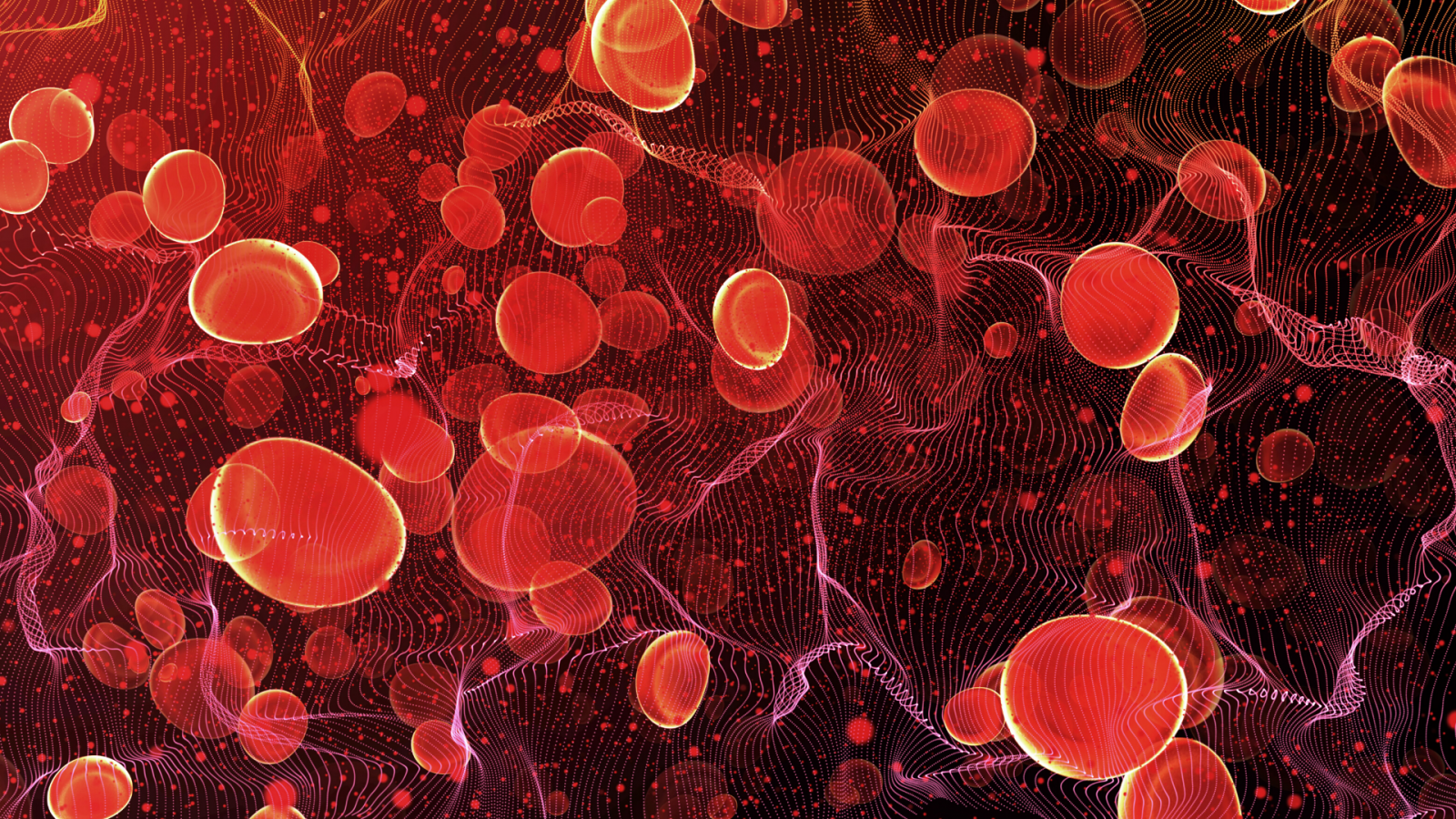What are the types of myeloma?

How multiple myeloma might affect you and how effective treatment is can depend on many things, including the type of myeloma you have.
Understanding immunoglobulins
What is an immunoglobulin?
Immunoglobulin is another word for antibody. Antibodies are proteins that protect your body from infection and disease. Your body produces 5 main types of immunoglobulins to help you to fight infection. Each type of immunoglobulin has a different function in fighting disease.
Light chains and heavy chains
Immunoglobulins (antibodies) are made up of 2 types of proteins – light chains and heavy chains.
- Heavy chains: Each immunoglobulin is identified by a letter – A, D, E, G or M. These letters refer to the type of heavy chains in the immunoglobulins. The 5 types of immunoglobulin are often described as IgA, IgD, IgE, IgG and IgM.
- Light chain: The immunoglobulins also have 2 light chain portions, which are called kappa (K) or lambda (L).
Abnormal immunoglobulins and myeloma
With myeloma you produce an abnormal type of immunoglobulin. There are different types of myeloma, depending on the type of abnormal immunoglobulin (Ig) made by the myeloma cell. The most common ones are IgG and IgA. The others are quite rare.
For more information about your subtype, talk to your doctor or nurse.
Light chain myeloma
The myeloma cells do not produce a whole immunoglobulin (paraprotein) and only produce light chains. The light chains can block the tiny tubes of the kidneys and cause inflammation and damage to the kidney tissue. Patients with this type of myeloma have an increased risk of kidney impairment/reduced kidney funtion.
Solitary plasmacytoma
Plasma cells collect and form a tumour in a single bone of the skeleton, ribs, vertebrae, skull, sternum or pelvis. People with solitary plasmacytoma do not have myeloma cells elsewhere in their body and do not have the complications or symptoms of blood, infections, high calcium or renal (kidney) impairment. You may have radiation, surgery, or both to treat a solitary plasmacytoma. You will be monitored with blood tests in case you go on to develop multiple myeloma at a later stage.
Non-secretory myeloma
An extremely rare type of myeloma. No paraproteins are detected in the blood or urine. It may be more difficult to diagnose and monitor.
Extramedullary multiple myeloma (EMM)
EMM is where the myeloma plasma cells are found outside the bone marrow. This can present as a soft tissue collection of myeloma cells or infiltration of a site outside the bone marrow, most commonly the liver, skin or lymph nodes.
Plasma cell leukaemia (plasma cell myeloma)
A very rare and aggressive subtype of multiple myeloma where lots of abnormal plasma cells are found in the blood. Patients can be diagnosed with this disease at presentation or more usually when multiple myeloma progresses to a more advanced stage. Patients with plasma cell leukaemia require more intensive treatment and monitoring.
Conditions related to multiple myeloma
Multiple myeloma is just one of many disorders of the plasma cells. There are some conditions with a risk of transforming into multiple myeloma but this does not always happen.
Monoclonal gammopathy of uncertain significance (MGUS)
There are raised levels of abnormal proteins (monoclonal protein or M protein) in your bloodstream but no other signs of multiple myeloma. This condition is found in 3% of people over 60 years and in the vast majority of cases it never progresses to myeloma. The rate of MGUS progression to myeloma is just 1/100 cases per year.
Smouldering myeloma
his condition is a very slow-growing form of multiple myeloma. Like MGUS, the majority of patients with smouldering myeloma never develop active myeloma. Paraproteins/serum free light chains are found in your blood but usually there are no symptoms and no treatment is needed beyond regular monitoring.
If you are diagnosed with these conditions, you will be monitored with blood tests. At present, you will only be treated if the condition develops into multiple myeloma.
Amyloidosis
Some multiple myeloma patients may develop light-chain (AL) amyloidosis. Large amounts of an abnormal protein complex called amyloid are found in your body. This happens when plasma cells in your bone marrow make abnormal light chains that cannot be broken down properly. These light chains stick to one another and collect in body organs such as your kidney, heart or liver. A small percentage of myeloma patients will develop AL amyloidosis and the treatment of AL amyloidosis is similar to multiple myeloma. Importantly, there are other types of amyloidosis that are not related to myeloma and are not treated like myeloma.
For more information
Phone
1800 200 700
Genetics and myeloma
Myeloma happens when the DNA of a plasma cell is damaged. The DNA can be changed in different ways. For example, parts of chromosomes may be changed or missing, or you may have an extra chromosome.
Knowing the subtype can help your doctors predict how your myeloma might behave and decide on the best treatment for you.
For example, genetic subtypes t(4:14), t(4:16), del(17p) and 1q gain can be associated with a higher risk type of myeloma; t(11:14) and hyperdiploidy can indicate less aggressive myeloma.
If you have testing on your myeloma cells to look for genetic changes, ask your doctor what the changes mean for you and your treatment.



